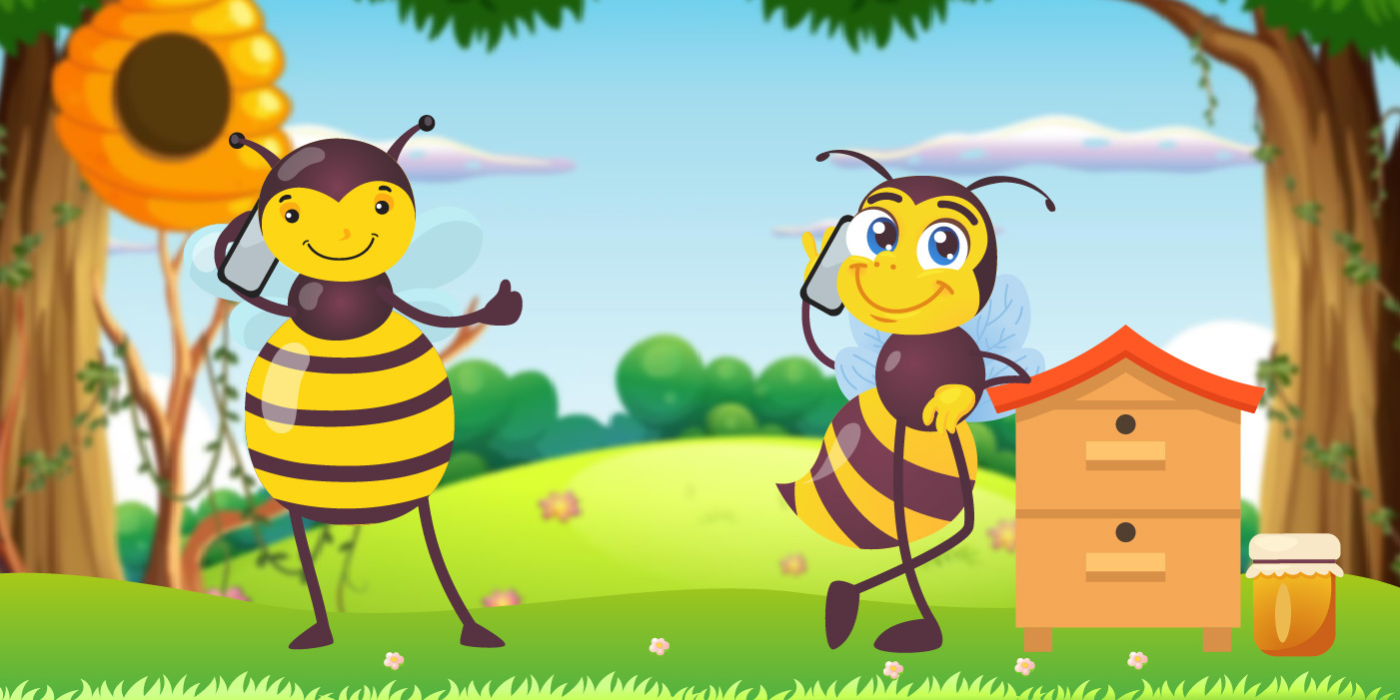
How Do Honey Bees Communicate?
The dance of honeybees!
In the intricate world of honey bees, communication is key to their survival and success as a colony. These remarkable insects have a unique way of sharing valuable information with their fellow hive-mates. Through a dance language discovered by Karl von Frisch, honey bees convey details about the location of flowers, drinking sources, and even potential new homes. Join us as we explore the captivating dance communication of honey bees and the groundbreaking research that unraveled its secrets.
The Dance Language
When honey bees discover a noteworthy find, such as a field of flowers, a water source, or a promising new home, they employ a dance to convey the information to their fellow bees. This dance language, known as the waggle dance, is a remarkable form of communication within the hive.
Experienced bees perform the waggle dance by adjusting their body angle relative to the hive ceiling. This dance communicates the direction and approximate distance of the discovered location. The dance floor becomes a lively stage where the well-informed bees perform their intricate movements, providing essential guidance to their sisters.
Deciphering the Language
Karl von Frisch, a renowned scientist, played a pivotal role in unraveling the mystery of the bee dance language. In his experiments, he placed a honey bee hive in the midst of a field, offering a single nectar feeder as the primary food source. Dr. Frisch positioned himself inside the hive, meticulously observing the bees' behavior.
After hours of observation, he noticed a peculiar pattern—bees inside the hive engaging in vigorous waggle dances. Driven by curiosity, he traced and measured these dance movements throughout the day. An astonishing revelation emerged: the bees adjusted the angle of their dance in correlation with the movement of the sun across the sky. It became evident that the bees were using dance as a means to direct their sisters' attention to the sugar feeder, considering its location relative to the sun.
Dr. Frisch's groundbreaking research did not stop there. With time, he and his colleagues deciphered additional components of the bee dance language. They found that the duration of the waggle phase within the dance conveyed information about the distance to the desired location. The longer the waggle phase, the farther the target.
While Karl von Frisch's work earned him the Nobel Prize in 1973, the language of the bee dance still holds mysteries to be unraveled. Scientists continue to study and explore the complexities of this fascinating communication method, uncovering further intricacies that enhance our understanding of these extraordinary little creatures.
The dance language of honey bees remains a testament to the remarkable abilities of these tiny yet mighty insects. Through their precise movements and angles, honey bees communicate vital information about resources and potential new homes. Karl von Frisch's pioneering research opened a window into this captivating world, revealing the intricate choreography that ensures the collective success and survival of honey bee colonies.



Leave a comment